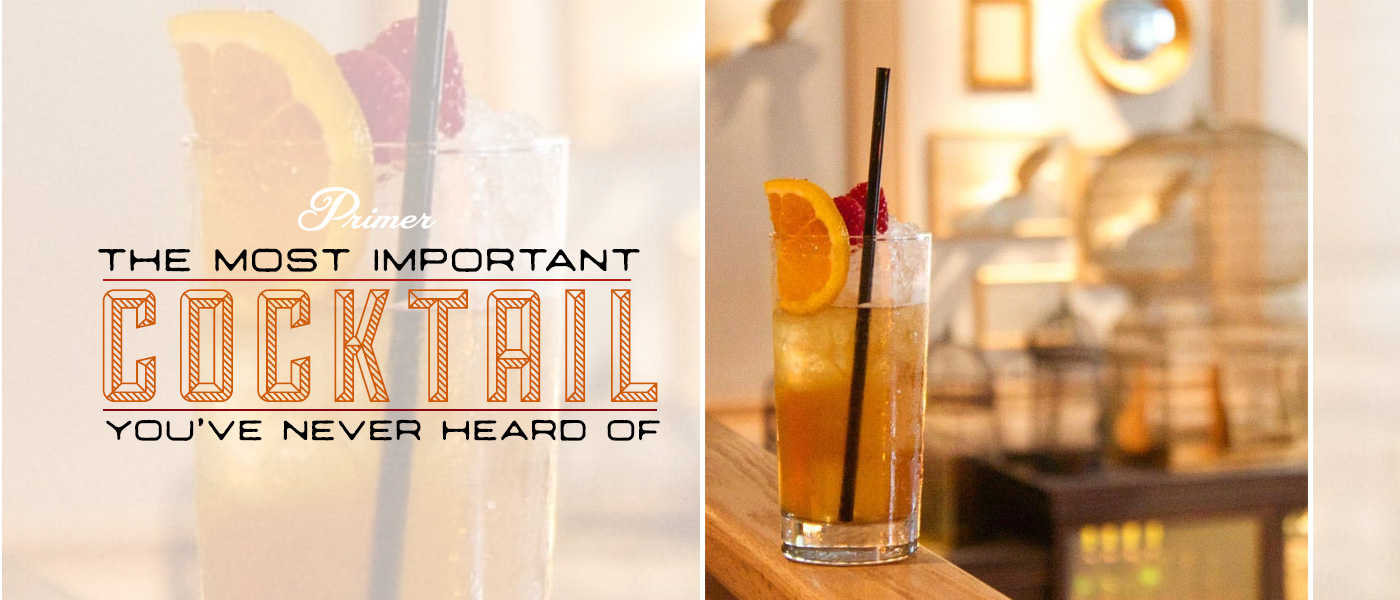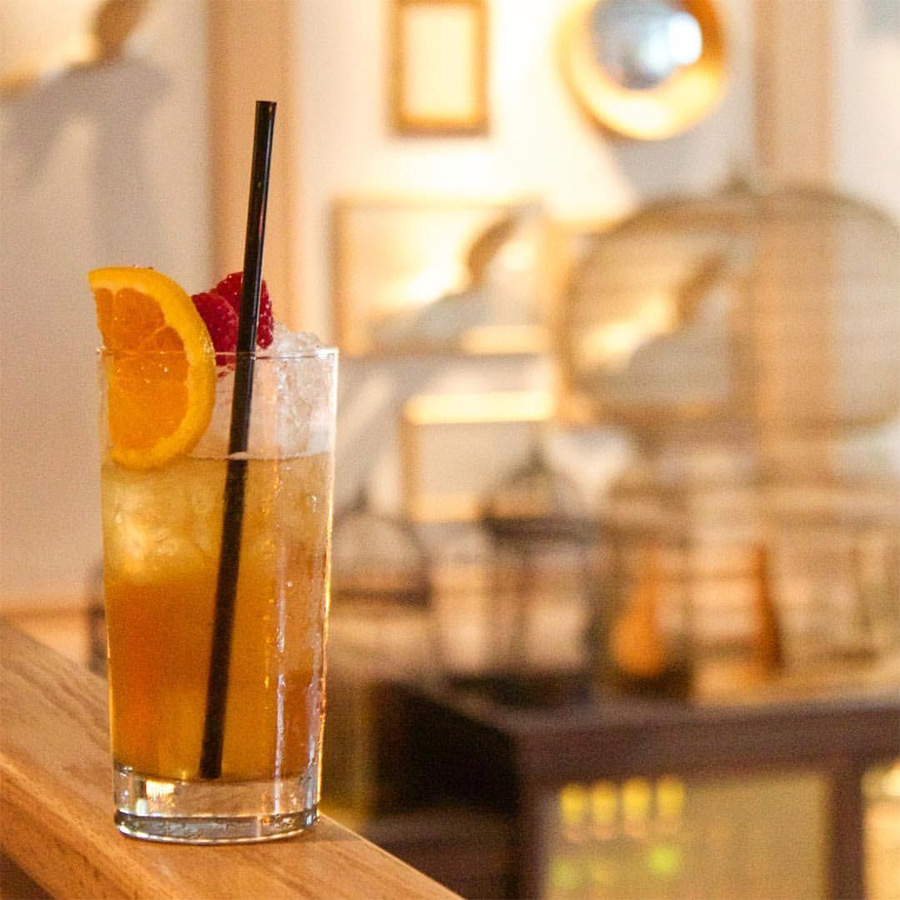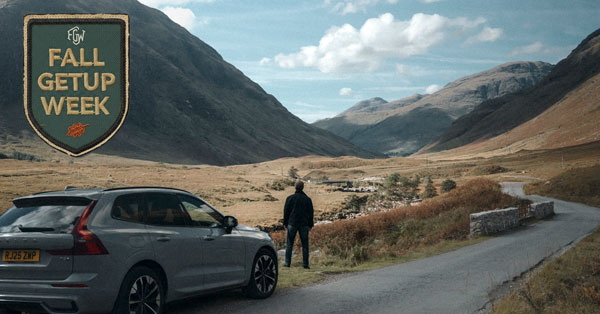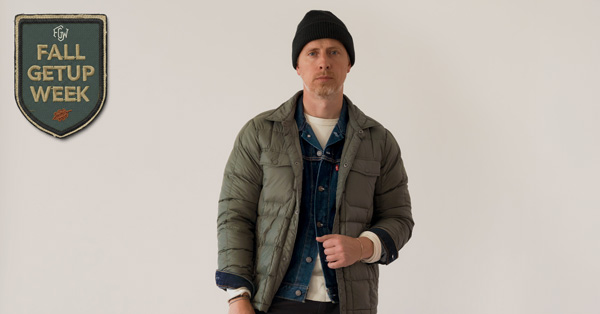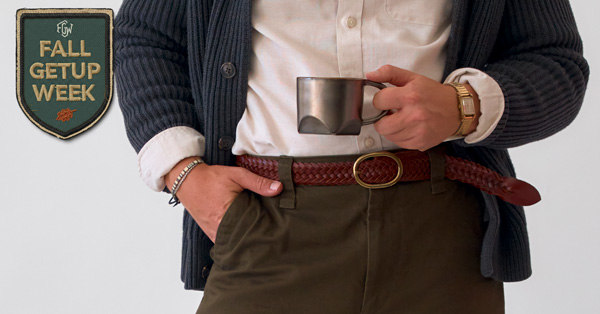If I could think of one question I’m asked more than any other as a bartender it would be “what’s your favorite thing to drink?” Unfortunately for those asking there is no clear winner, I love an ice-cold beer on a hot day, enjoy a glass of wine with food, a sip of whiskey or brandy as a nightcap or even a mixed drink now and then if the mood should strike. It’s very dependant on time and place for me but near the top of that list sit a few classics that I will always hold dear to my heart. One of those drinks, as well as its main ingredient, has yet to break back into the mainstream after generations of waiting patiently on the sidelines, the notorious Sherry Cobbler.
Yes, us bartenders are infamous for going after the strong, stirred and bitter of the beverage world, we are constantly pushing our palates past the breaking point with over-proof and over bittered beverages, yet I say with almost 100% certainty that in this world of modern mixology – filled with barrel aged this-and-thats, infused whose-its-whats and homemade whatchamacallits – you will not find a more universally loved drink as the Sherry Cobbler. To fully understand this love for the Cobbler you must realize where it came from, and what it gave us. This simple mix of citrus, sugar, fruit and whichever base ingredient you choose has come a long way, yes you can make a Cobbler with anything; a whiskey cobbler, perhaps a gin cobbler even, but Sherry reigns supreme in the Cobbler world and with good reason.
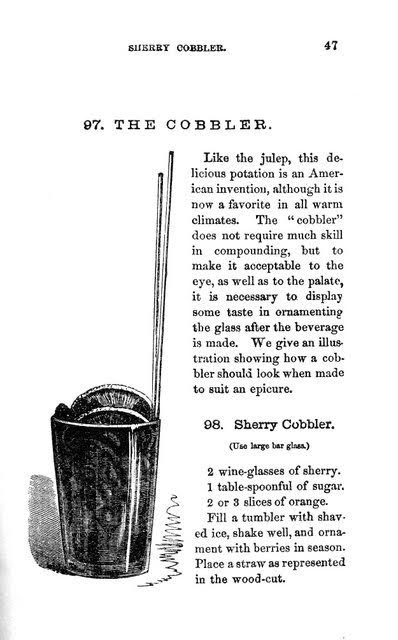
The Sherry Cobbler in the first ever bartender's manual
In David Embury’s 1948 bartender’s guide The Fine Art of Mixing Drinks it was noted that the great bartender Harry Johnson once said (c. 1880) that the cobbler was “without doubt the most popular beverage in this country, with ladies as well as gentlemen.” You see in the mid-1800s the cobbler was the drink of choice, a symbol of its era, it outranked all the fixes, fizzes, juleps, sours and cocktails of its time. It was the trendiest, most exciting drink one could have and it wasn’t just by a matter of chance, this drink had everything a drink could have going for it at the time. It was made from an obscure, extravagant ingredient new to our shores – sherry. It was mixed with a novel ingredient that until recently was held as a symbol of status – sugar. Contained an ingredient that most of the world had never experienced – ice. And it was garnished with a fancy new piece of functional utensil – the straw.
It even made the cocktail shaker, then known as the cobbler shaker, an item now ubiquitous with all bars worldwide, commonplace. I often equate the cobbler of the mid-1800s as that large bright pink bowl of frozen soon-to-be-hangover that could be seen in bars everywhere in the late-90s with 20 different garnishes hanging off of it: it was a head turner, one person would order it and the mere sight was the catalyst that had everyone in the bar following suit.
One could write, as many have, entire volumes on sherry, here’s what’s important: it’s delicious, I mean obscenely delicious, and it’s cheap, and I mean cheap, if you drop more than $50 on a bottle you are drinking some fine-ass juice my friend.
Sherry is a fortified wine from Spain, around the town of Jerez in Cadiz. It’s made much the same as with wine at Spanish bodegas with either one or a mix of three types of grape (Palomino, Moscatel and Pedro Ximénez) and fortified with spirit before being aged in above ground barrel-houses which are part of a very unique aging process called a solera system. There are differences in the treatment and production that vary for different styles, mostly involving the liquids exposure to something called flor. Flor is a layer of yeast that grows on the surface of sherry while it rests in the barrels, it helps prevent the wine from oxidizing and sherry makers will manipulate and remove this flor depending on what style of sherry they intend to make.
Before I get too carried away on sherry I’ll quickly go over the styles: Fino is the driest style, followed by Manzanilla, Amontillado, Oloroso, Palo Cortado and ending with Pedro Ximénez which would be, by far, the sweetest. Yes, there is a lot more that could be covered on this subject, but alas we must move on to sweeter things.
They called it ‘white gold’, that’s how much of a status symbol sugar once was, and as soon as the first ships brought sugarcane to the new world the desire to grow it in massive quantities became unbearable. The Caribbean was the perfect spot for production and it became a major factor (if not the major factor) in the massive slave trade that continued for almost 3 centuries in the new world. Cheap labor and refined production methods meant that sugar was no longer reserved for the uppermost of the upper-class, by 1770 the British were consuming twice as much sugar as they were 50 years prior and shortly thereafter it was finding its way into the mixed drinks in the Americas, by the time the Sherry Cobbler was mentioned in an 1838 diary of Canadian Katherine Jane Ellice it was all but commonplace but it still carried its elegance in the world of food and drink. Although for a Canuck ice may not have been so novel, but for the rest of the world it was near lunacy.
What can I say about ice that hasn’t already been said in our article on its history and significance? Not much, as you may know it took a single Bostonian, Frederick Tudor, to bankrupt himself many times over, to single-handedly start the world trade of ice. Until the 1830s most of the world had never so much as seen it, some would have never even heard of it. Tudor’s successful shipment of 180 tons of ice that shipped 16,000 miles from Boston Harbor to Calcutta, India (nope, not a typo) began a revolution, and by 1843 Dickens himself was writing stories about Martin Chuzzlewit savoring in the frozen delight that is a sherry cobbler. With all that ice floating around bumping into mouths and cracking between teeth a way needed to be found to filter the cool liquid out while leaving the solids in place.
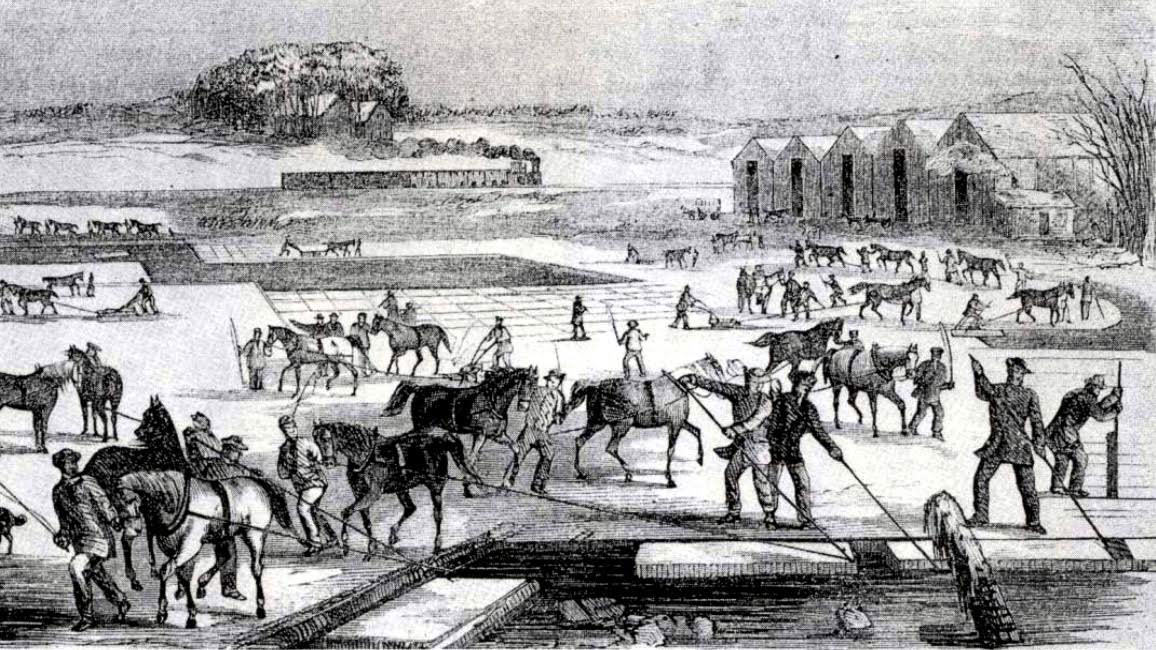
Harvesting ice on Spy Pond
Although the earliest drinking straws date back thousands of years they were never popularised worldwide until the 19th century. While they were usually made of straw or grass the first paper straw was patented in 1888 by Marvin Stone to capitalise on the massive trend that was the cobbler. Until the cobbler came along sipping and sucking on anything in public was considered very risqué in the western world, many people had gone on record to label the act nothing short of vulgar even once the act had become mainstay, but the masses still happily gulped down their cobblers. As David Wondrich notes “People back in the 1830s, when the Cobbler first turned up, didn’t have air conditioning, or even Vornado fans. This drink was all they had when things got repulsive out.”
With all that in mind it’s easy to see why us bartenders hold the cobbler in such high regard. So next time you sit down at a bar, forgo the usual go-to, pass on the wine list and put aside that negroni or old fashioned and, just this once, sip on what might be the most influential drink in our history and salute all the hard work and effort that went into making it all possible.
My Sherry Cobbler Recipe
- 4 oz Sherry (stick with a dry Amontillado or Oloroso, or try a blend if you’re looking to get creative)
- ¾ oz Fresh Lemon Juice
- ¾ oz Simple Syrup (1:1 Sugar to Water)
- 2 thin slices of orange
- Shake all ingredients with ice and dump into a glass
- Garnish with seasonal fruit and serve with a straw



